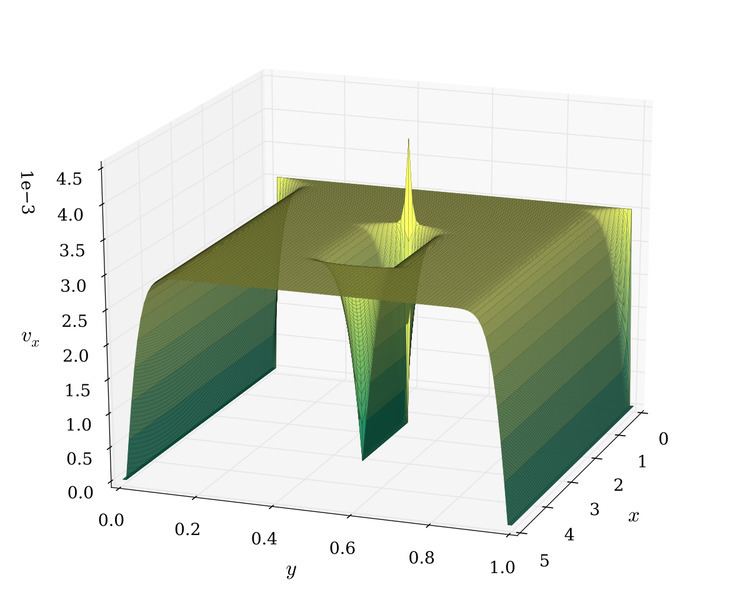 | ||
Similar Power series solution of differential equations, Bernoulli differential equation, Binomial differential equation | ||
A differential equation can be homogeneous in either of two respects: the coefficients of the differential terms in the first order case could be homogeneous functions of the variables, or for the linear case of any order there could be no constant term.
Contents
Homogeneous type of first-order differential equations
A first-order ordinary differential equation in the form:
is a homogeneous type if both functions M(x, y) and N(x, y) are homogeneous functions of the same degree n. That is, multiplying each variable by a parameter
Thus,
Solution method
In the quotient
Introduce the change of variables
thus transforming the original differential equation into the separable form
this form can now be integrated directly (see ordinary differential equation).
The equations in this discussion are not to be used as formulary for solutions; they are shown just to demonstrate the method of solution.
Special case
A first order differential equation of the form (a, b, c, e, f, g are all constants)
where af ≠ be can be transformed into a homogeneous type by a linear transformation of both variables (
Homogeneous linear differential equations
Definition. A linear differential equation is called homogeneous if the following condition is satisfied: If
A linear differential equation can be represented as a linear operator acting on y(x) where x is usually the independent variable and y is the dependent variable. Therefore, the general form of a linear homogeneous differential equation is
where L is a differential operator, a sum of derivatives (defining the "0th derivative" as the original, non-differentiated function), each multiplied by a function
where
For example, the following differential equation is homogeneous:
whereas the following two are inhomogeneous:
It should be noted that the existence of a constant term is a sufficient condition for an equation to be inhomogeneous, as in the above example.
